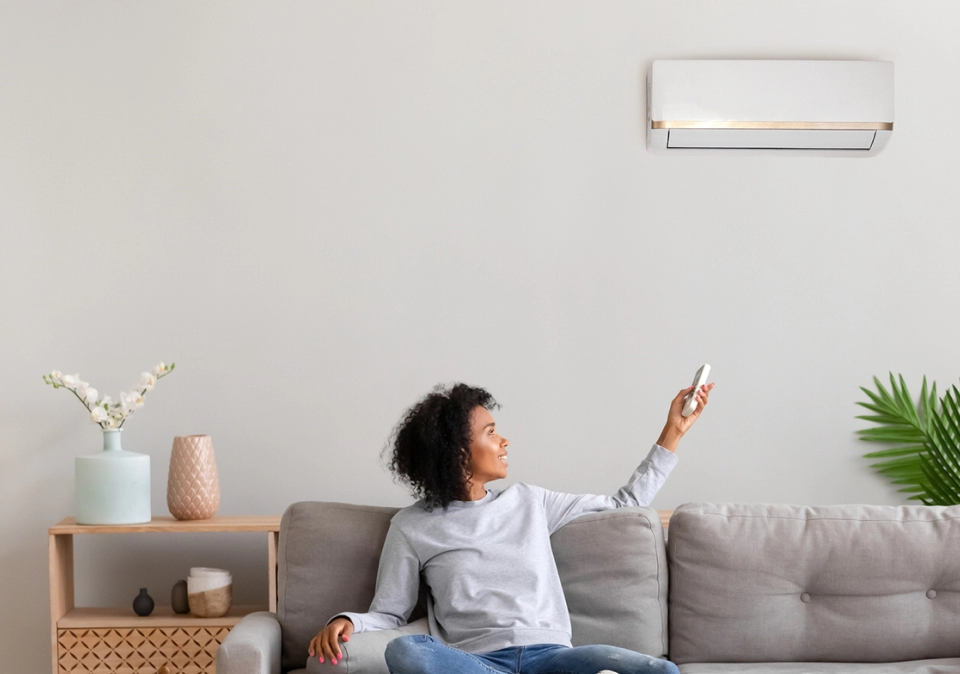How to do Air Conditioning Installation?
Air conditioning installation is a complex process that requires careful planning, technical knowledge, and attention to detail. Whether you're installing a split system, central air conditioning, or ductless system, following the right steps will ensure optimal cooling efficiency and a comfortable indoor environment. Here's a comprehensive guide on how to install an air conditioning system:
1.
Determine the Right System:
Choose the appropriate type of air conditioning
system based on the size of the space, cooling requirements, and budget.
Options include split systems, central Air
Conditioning Brisbane, ductless mini-split
systems, and more.
2. Plan
the Installation:
Measure the space to determine the cooling load
and select the appropriate capacity for the air conditioner. Plan the location
of indoor and outdoor units, taking into account airflow, accessibility, and
aesthetics.
3.
Gather Tools and Materials:
Ensure you have the necessary tools and
materials, including refrigerant lines, wiring, mounting brackets, insulation,
ductwork (if applicable), and electrical components.
4.
Install the Indoor Unit:
For
split systems or ductless units:
·
Choose a suitable wall location
for mounting the indoor unit.
·
Install a mounting bracket
securely to the wall.
·
Mount the indoor unit on the
bracket and level it.
5. Run
Refrigerant Lines and Wiring:
Drill holes for refrigerant lines, condensate
drain, and electrical wiring.
Run the refrigerant lines, drain pipe, and
electrical wiring from the indoor to the outdoor unit. Insulate the lines to
prevent condensation.
6.
Install the Outdoor Unit:
Choose a well-ventilated and level area for the
outdoor unit.
Install the unit on a stable surface, using
vibration dampening pads if necessary.
Connect the refrigerant lines, drain pipe, and
electrical wiring to the outdoor unit.
7.
Electrical Connections:
Connect the electrical wiring from the indoor
unit to the outdoor unit and the main electrical panel.
Ensure all electrical connections are properly
secured and insulated to prevent short circuits.
8. Test
the System:
Turn on the power and test the air conditioning
system. Check for proper cooling, airflow, and any unusual noises.
Monitor the system for any refrigerant leaks,
ensuring that the levels are appropriate.
9. Air
Duct Installation (For Central Systems):
If you're installing a central air conditioning
system, ensure that the air ducts are properly sized, sealed, and insulated for
efficient air distribution.
Connect the air ducts to the central unit and
secure them in place.
10.
Airflow and Vents:
Ensure that air vents and registers are properly
installed and unobstructed to allow for optimal airflow throughout the space.
11.
Insulation and Sealing:
Properly insulate refrigerant lines, drain
pipes, and air ducts to prevent energy loss and condensation build up.
Seal any gaps or openings in the system to
ensure efficient cooling and prevent air leakage.



Comments
Post a Comment